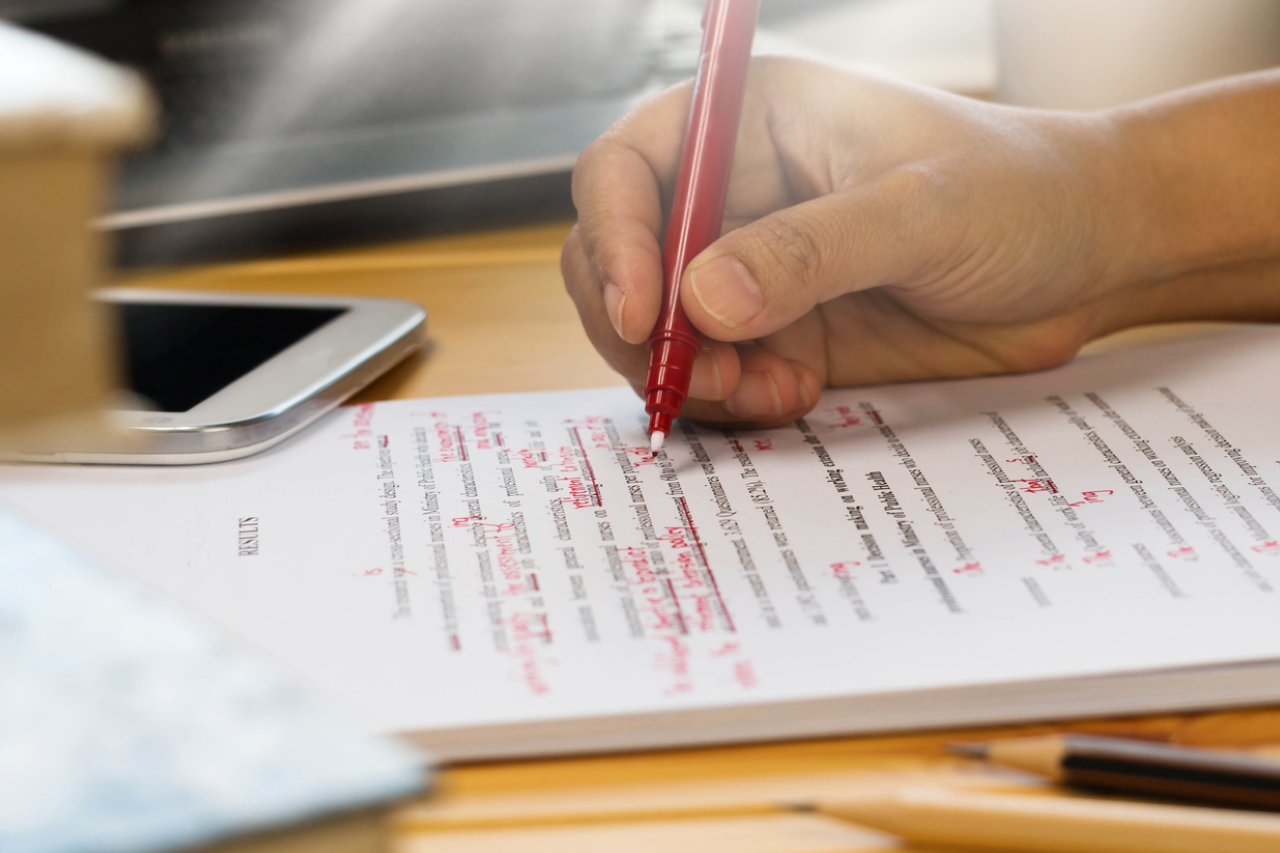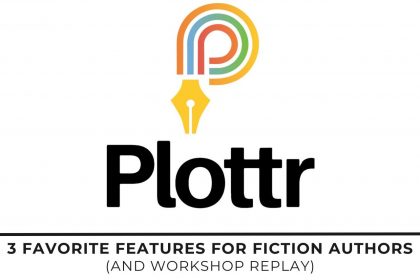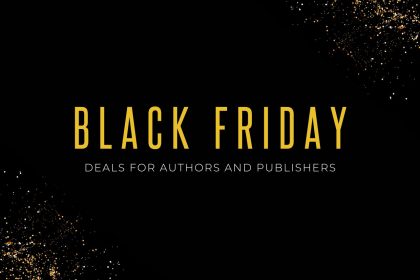
You finished writing your book. Of course, you’ve let others read it: family, friends, beta-readers. These people gave you some input, but they may have held back and not been straight with you if they were concerned about your feelings. The way forward at this point in the journey may seem confusing. What kind of editing do you need to get your book from a completed manuscript to a published book? What is the difference between a copy editor and a proofreader?
The Funnel of Editing
Our good friend, Ericka McIntyre explained the process of editing to us on Free Advice Fridays as a funnel. If you prefer to watch the video explanation of the editing funnel, you can find that over on YouTube. If you prefer the print version, read on.
Development Editing: The Big High-Level Edit
At the top of the funnel, you need a development editor, a professional with a bird’s eye view, considering the entire manuscript—-the big overview. That editor will ask themselves questions the reader might have.
- Does the narrative develop logically?
- Does a character’s development make sense?
- Does this character belong here?
- Are there gigantic holes in the plot?
With non-fiction, like a memoir, they might notice missing parts of the story and let you know the reader might wonder why you didn’t tell them about something. They may ask, “Why didn’t you go deeper here?” or prompt you with what they feel is missing from the story.
You don’t have to take your Developmental Editor’s advice, but if you do, your manuscript may shine in ways it never could have if you try to do it on your own.
Line Editor: Your Manuscript Is Fully-Baked
The funnel narrows—-you hire a comprehensive editor, a line editor. Their job is to polish your work line by line. They ask themselves, “Does the sentence have as much punch as it could?” They look to see if you chose the right adjectives and adverbs.
Line editors evaluate style and look at how the writer uses language at the sentence and paragraph level.
Copy Editors: The Funnel Narrows
Once your document has had a compressive edit, you are ready for a copy editor to check out your book.
By the time the manuscript reaches this part of the funnel, the storyline is in place. This is pretty much the plot and characters you are going to have. If you are writing a memoir, these are the episodes you will include.
In traditional publishing, a copy editor is a necessary part of the process. Who wants to print thousands of books with inconsistencies in descriptions or misspelled words?
Unfortunately, self-publishing authors often skip this step. We recommend hiring a copy editor who is meticulous and technical and still in touch with the overarching themes in your work. You want someone familiar with the publishing industry.
The copy editor checks for:
- Mistakes
- Inconsistencies
- Repetition
A good copy editor is there to make sure your manuscript tells the best possible story. They look at tiny details and the big picture.
The copy editor’s job isn’t to just check grammar and spelling. They are checking for technical inconsistencies in capitalization, hyphenation, and spelling. They check for inconsistencies in your description as well. Did you describe a character in one part of the story and write something later that contradicts that description?
If you are writing a non-fiction historical work or memoir, your copy editor will research to make sure the manuscript is factually true. Are the names and dates accurate? They may also consider your legal liability.
Book Designer
You are almost there. At this point in the funnel, you choose a book designer who will make your book something that will stand out as both eye-catching and professional. Once your book design is complete, it’s time to send your text through the last narrow part of the funnel.
Proofreader: The Final Edit
Many new authors wonder why they need a proofreader if they already paid a copy editor. The proofreader is going to look at the text and the overall layout design of the book. Proofreaders often request a copy of the actual book. They are looking for font inconsistencies, typos, design-layout flaws, missing headers and footers, and even page margins.
Make Your Book the Best It Can Be
If you wrote a book, you’ve already accomplished something many people only dream about. Even though the editing process may seem like an obstacle course, hiring the right people to critique your work could take your book from average to exceptional. Getting multiple pairs of eyes on your manuscript, especially the eyes of professional editors, can only help make your book the best it can be.








